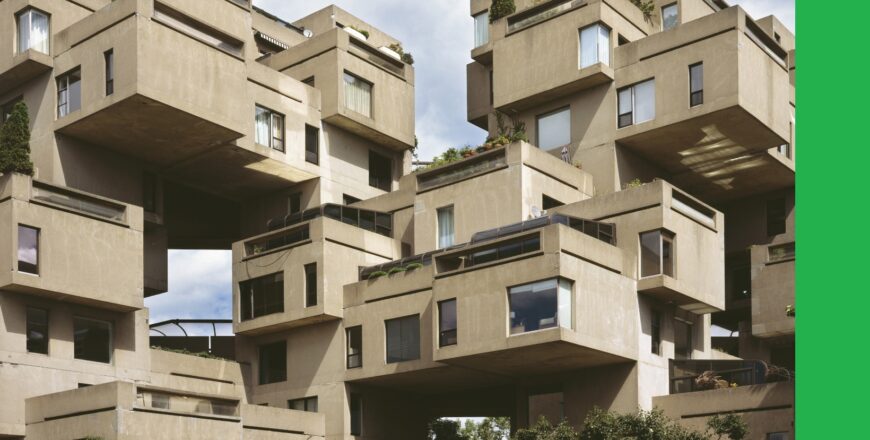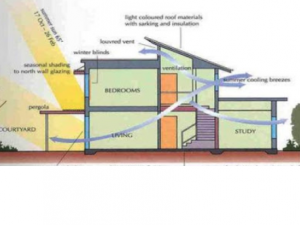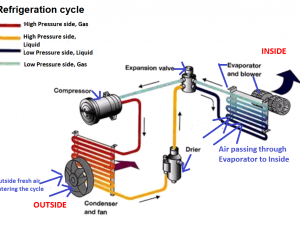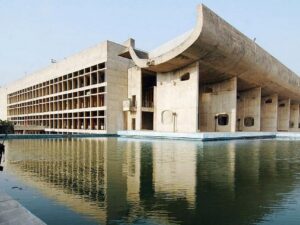Pre-Fabricated Structures
- Description
- Curriculum
- Reviews

The construction boom in India is developing at a fast rate of growth. It provides wide opportunity in India for a new entrant in the prefab sector. At present precast concrete buildings are the advanced construction techniques available worldwide. Being its wide applicability, the total precast concrete buildings systems are becoming a popular choice for many construction. Precast concrete available in many shapes, sizes, including structural elements and unreinforced pieces. The prefab industry is the backbone for the development of new ideas in the construction business of any country; Factory buildings, residential buildings and the industrial township are needed practically by all the sectors, either to support the manufacturing or services of any industry.
Prefabrication is the practice of assembling components of a structure in a factory or other manufacturing site, and transporting complete assemblies or sub-assemblies to the construction site where the structure is to be located. The term is used to distinguish this process from the more conventional construction practise of transporting the basic materials to the construction site where all assembly is carried out.
Prefabrication is preferred with special emphasis on the building components are made off-site in a factory. Off-site fabrication is a topic of international interest and provides an effective construction technique in term s of quality, time, cost, function, productivity and safety. It is adopted worldwide as the ideal means of producing an immense array of elements from structural members, cladding units, and bathrooms to fully-finished modular buildings.
Architects are incorporating modern designs into the prefabricated houses of today. Prefab housing should no longer be compared to a mobile home in terms of appearance, but to that of a complex modernist design.
There has also been an increase in the use of “green” materials in the construction of these prefab houses. Consumers can easily select between different environmentally-friendly finishes and wall systems. Since these homes are built in parts, it is easy for a homeowner to add additional rooms or even solar panels to the roofs.
Prefabrication aims to remove the construction process from the site and create a more efficient and streamlined progression for construction projects.




